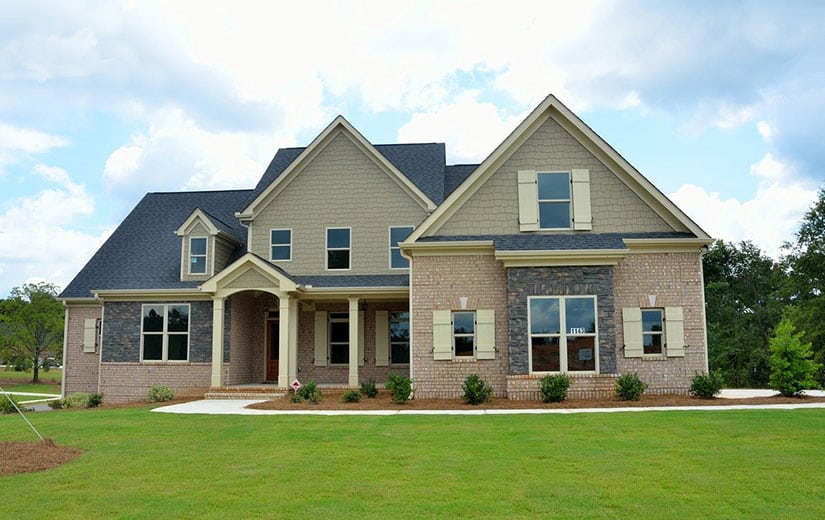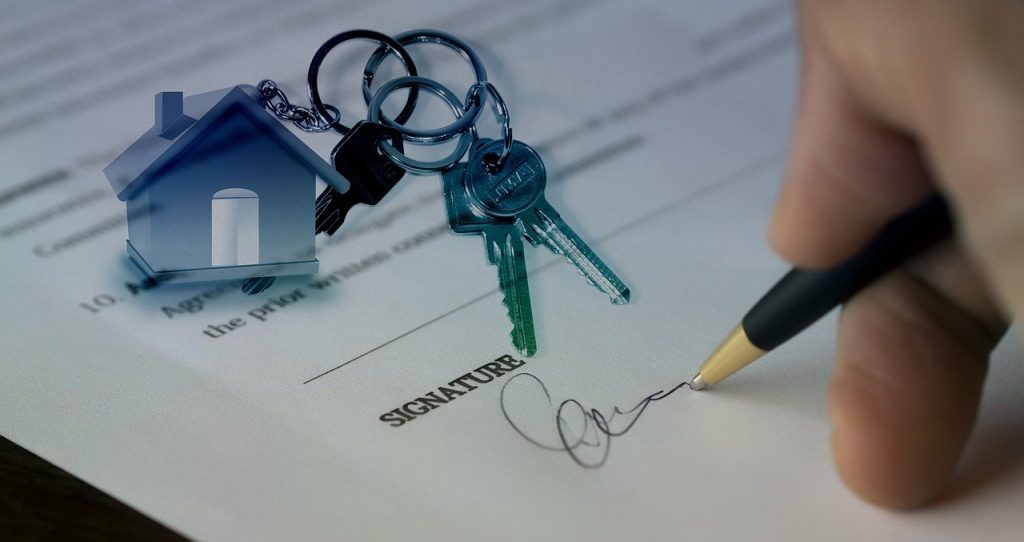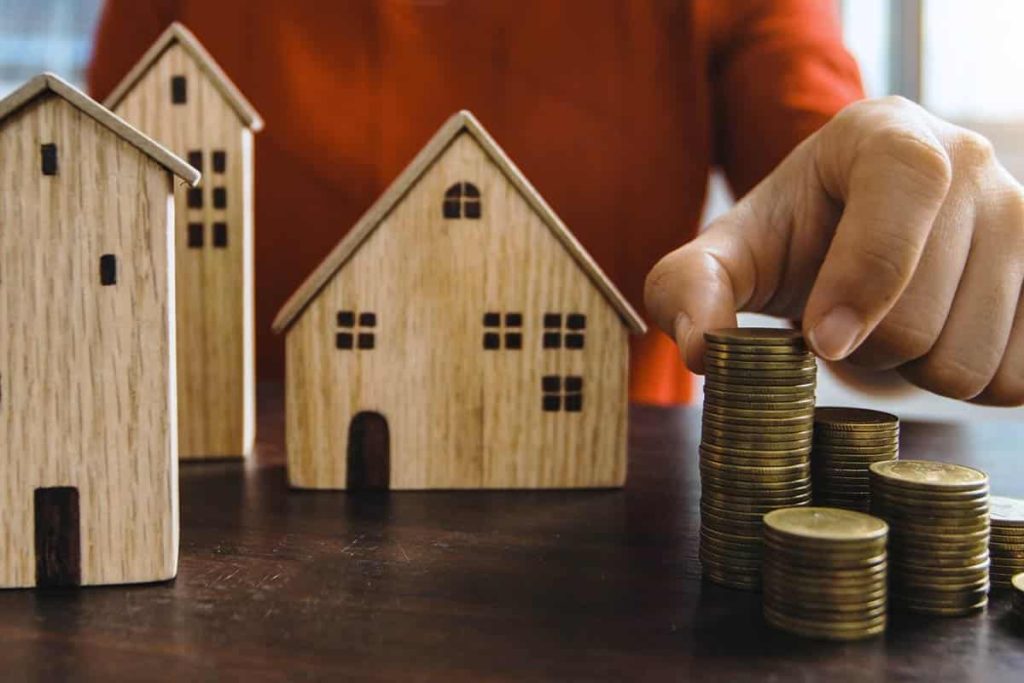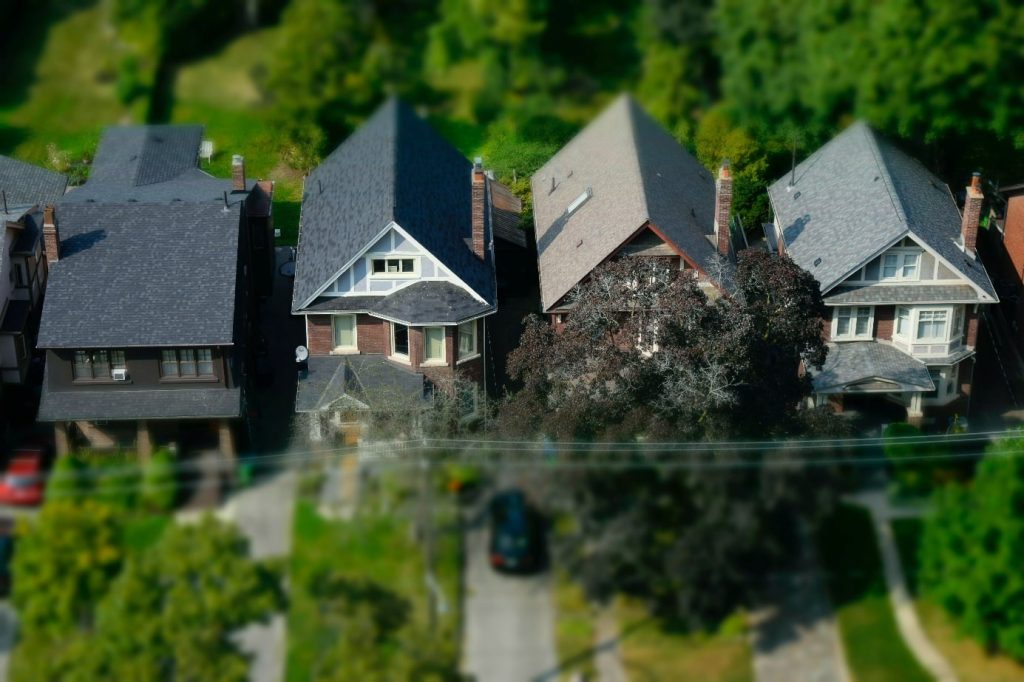In 2020, there are still many ways to reduce your tax burden by investing in real estate. The choice of a real estate tax exemption scheme depends on each person’s situation and the type of investment chosen.
Summary
Invest in new
Since 2015, the Pinel law has supported rental investment in new buildings. It grants a tax reduction to the owners of new accommodation intended for rental and intended to serve as the main residence of the tenant.
This tax benefit is calculated on the value of the property, which is capped. The importance of the tax reduction depends on the duration during which the owner agrees to rent his property.
The owner must also accept tenants with moderate incomes and respect the ceiling on rents, which differs according to the area where the accommodation is located.
For its part, as seen on the defiscalisation.immo site, the Censi Bouvard system, renewed in 2020, allows the owner of a furnished property rented out, and located in a serviced residence, reserved for students or seniors, or in a classified tourist residence, to benefit from a tax reduction and a recovery of VAT.
Also read: 4 rules for investing in new real estate
Tax exemption schemes in the old
A new device, the Denormandie law, is aimed at owners of an old and rented property, wishing to undertake renovation work. These provisions are part of the will of the public authorities to rehabilitate the old housing stock.
This device results in a tax reduction, granted to people buying, in a city benefiting from a specific housing rehabilitation programme, an old property that they intend to renovate.
Adopted in 1962, and still valid, with modifications, in 2020, the Malraux law offers another tax exemption opportunity for people wishing to invest in the old.
To benefit from this device, the owner must undertake work to renovate the acquired accommodation. The sums spent can be, within the limits of a certain ceiling, deducted from the taxes paid by the owner.
To claim it, he must commit to renting the property for a certain period. The size of the tax deduction depends on the nature of the neighborhood in which the property is located. In addition, the work planned must be the subject of a declaration of public utility and be monitored by an Architect of French Buildings (ABF).
Similarly, under the Historic Monuments Act, more than a century old, the owner of a property classified as a historic monument and requiring restoration work can deduct from his taxes, without a ceiling, the amount of the work as well as the interest on the loans contracted. .
Read also: Should you always invest in old rental real estate?
The furnished rental solution
Rental investment in furnished property offers another opportunity for tax exemption. A specific system, still relevant in 2020, provides for two categories of rental companies.
To be considered as a non-professional furnished rental company (LMNP), certain conditions must be met. Rental income must be less than a certain amount, representing less than half of the resources of the owner of the accommodation, whose activity must not be registered in the Trade and Companies Register.
Furthermore, the rental of furnished property should not represent the principal activity of the owner. Furnished property lessors who do not meet these conditions are considered to be professional furnished property lessors (LMP).
The tax advantages allowed by such a device are very interesting. Indeed, the tax system, which is that of industrial and commercial profits (BIC) is more advantageous than the taxation of property income.
In addition, the LMNP regime makes it possible to amortize the asset acquired. Each year, it provides for an amortization charge that will reduce the taxable profit.
If the furnished property is part of a service residence, for students or seniors for example, its owner can recover VAT on the purchase price of the accommodation. To benefit from this provision, he must undertake to keep the property for a certain period and entrust its rental management, for a given time, to a professional.
The land deficit
This device concerns the owner of a rental property. His apartment can cost him dearly, and not only to buy it. He must carry out maintenance and renovation work there that is not the responsibility of the tenant, pay his condominium fees and property tax or pay his insurance contributions.
If these charges are greater than the income from the rents received, he may, under the property deficit mechanism, deduct the amount of this deficit from his overall income.
However, he can only do so within the limit of a certain ceiling and if the accommodation is rented over a certain period. In addition, certain expenses, such as loan interest, are not deductible from the owner’s income.
If the land deficit exceeds the ceiling provided for, this surplus is not lost for all that. It may be carried over, under certain conditions, to the property income for the next ten years.




